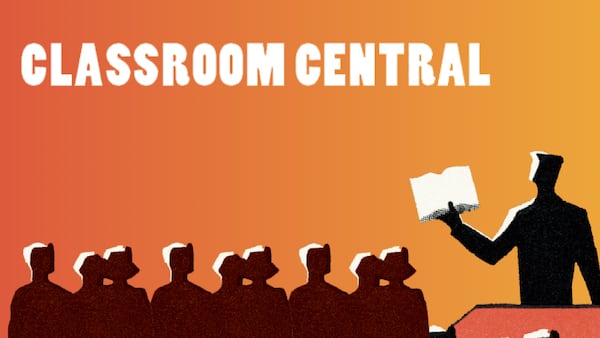Last week saw the end of term for the most divisive US president in living memory, but unless a meaningful effort is made at reconciliation, current divisions will only continue to grow.
On January 20th 2017, businessman and reality TV host Donald Trump became the 45th President of the United States of America after defeating former Secretary of State and First Lady Hillary Clinton in a testily fought election. Trump, who never before held elected office, brought unapologetic populism to the campaign trail.
An established billionaire, he could afford the luxury of self-funding his presidential bid, and this proved to be his ultimate strength. Free from the control of donors and lobbyists, Trump earned his reputation as a “straight-talker” through his crafted rants about the economy, immigration and foreign policy.
His promise to “Make America Great Again” connected with millions of Americans who felt disenfranchised with the country’s place as a post-industrial society as well as those who opposed modern moves towards political correctness, identity politics and globalisation.
Nowhere related more to Trump’s message than the Rust Belt region, a blue-collar stronghold where the election was ultimately won.
His victory was met with both euphoria and resentment; an indication of just how divided America had become.
Fast-forward 4 years and political estrangement has worsened. President Donald Trump’s policies proved to be just as self-serving and discriminatory as the actions of subordinate Donald Trump. While some may have pointed out his initial economic successes, his weak response to the Covid-19 pandemic has shown those early triumphs to be merely the effects of a cyclical economy.
From withdrawing America from the Paris Agreement to ordering a travel ban on citizens from Muslim-majority countries, Trump has exacerbated tensions both at home and abroad. After losing his bid at re-election, he refused to concede to now President Joe Biden, citing voter fraud without any evidence. Earlier this month, Trump encouraged rioters as they stormed the Capitol in protest at the election result.
Charged with sedition, he now faces a record second impeachment trial, cementing his status as a failed president. It is clear that even though Trump’s days in power are over, the discontent that got him elected in the first place will continue to linger.
Many of Trump’s opponents spent his tenure highlighting his personal faults (a feasible task for anybody with the trace of a moral compass) rather than questioning why 63 million people voted for him the first time around.
Association with President Trump in any way has led to many being ostracised, disregarding the fact that this ostracisation is the reason that the term ‘President Trump’ even exists.
Treating Trump voters as people who champion his every decision is completely disingenuous, and lacks the nuance that analysis of these situations deserves to be treated with.
It can hardly be argued that Hillary Clinton or Joe Biden have been inspiring alternatives. Changing attitudes towards the War on Terror and the seemingly preventable financial crisis of 2008 account for the rise in distrust towards Washington’s bureaucracy.
To many, Clinton and Biden are merely a continuation of this new, opaque, Cheneyite era of American politics and Trump offered something contrary to the status quo. Some merely liked the fact that they knew where they stood with Trump. Rash and reprehensible, yes, but it cannot be denied that his motives were always transparent.
It does not help that we live in an era of social media where finding like-minded people is easier than ever before. Not only do people enjoy talking to those who already agree with them, but it makes them stronger in their beliefs. It seems as though people are forced to take a side, and upon taking that side they must have uniform positions on a range of political issues.
From the measure that discrimination of race or gender play in existing inequalities to attitudes on climate change and vaccines, everybody seems to have a predetermined disposition according to their team. It is not very often that you will hear somebody on the right supporting the implementation of Covid restrictions and you would be hard pressed to find a self identifying member of the left questioning why people dying of non-Covid causes are being counted as Covid deaths.
These issues have nothing much to do with Conservatism and Liberalism, but rather loyalty to one’s side. Mainstream media offer conflicting versions of the ‘news’ and commentators on both sides of the aisle use selective facts to push their not-so-hidden agenda. It is becoming increasingly impossible to remain neutral, when neutrality is what America so desperately needs.
Joe Biden faces a Herculean task in attempting to rebuild the bridges that were destroyed during Trump’s presidency, but in order to be successful he must look further back than the previous 4 years. Early signs are indeed promising; His inauguration speech last week spoke much about the need for “Unity”.
However it must be remembered that viewing Trump as a cause rather than a symptom of America’s woes will not just give him more credit than he is due, but it will mean that lessons have not been learned, and perhaps his brand of unabashed politics will rear its ugly head in America once again.
* Seán Allen is a Leaving Cert student.















